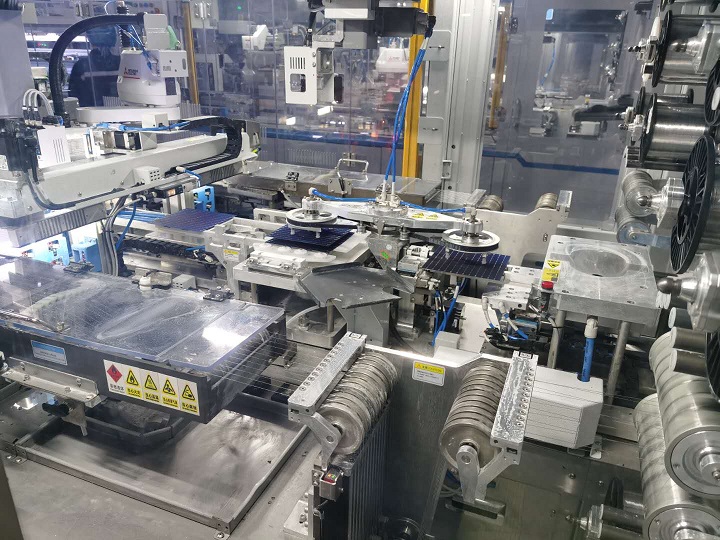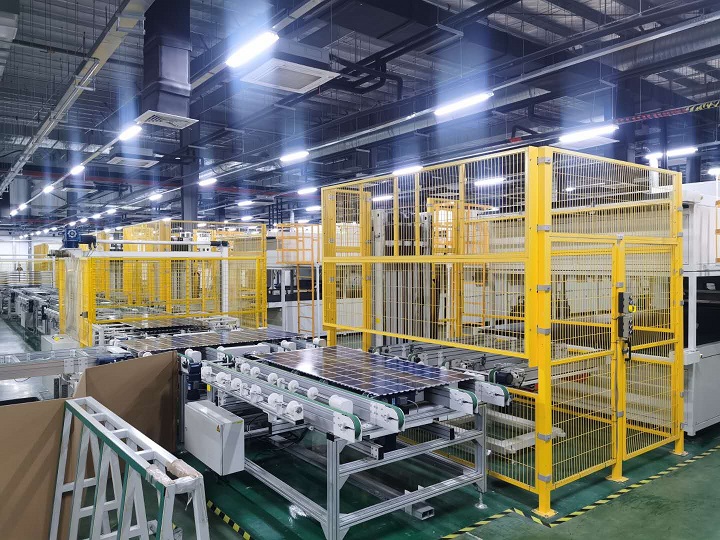After years of not having the upper hand with the P-type PERC Solar cell PK, the N-type Solar cell finally ushered in its own bright moment.
In the field of crystalline silicon cells, due to the difference in doping processes, there has always been a distinction between P-type Solar cells and N-type Solar cells. P-type Solar Panel cells are represented by PREC, with simple manufacturing process and low cost, and have become the mainstream choice in the industry during years of development; N-type Solar Module cells are represented by HJT, TOPCon, etc., although the power generation efficiency is higher, but because the process is more complex, The cost is too high and mass production has been difficult for many years.
With the advent of affordable Internet access and the maturity of N-type Solar cell localized equipment, the N-type Solar cell that has gone through many years of ups and downs has finally ushered in a big explosion. The update iterations of photovoltaic cell technology show Moore’s Law. Periodic technological progress increases the efficiency of modules by 10% every three years, showing a cyclical increase: From 2016 to 2019, PERC technology has developed rapidly, greatly improving cell efficiency; 2019-2022 In 2010, the trend of large size hits, and sizes 166, 182, and 210 will quickly occupy the market; from 2022 to 2025, we predict that it will belong to the “N era”; from 2025 to 2027, it will belong to the multi-junction era that everyone is looking forward to. Lead the industry into a more efficient stage.
Numerous companies collectively force N-type power generation efficiency to repeatedly break new highs
Domestic equipment solves the cost problem, the N-type future is worth looking forward to.

